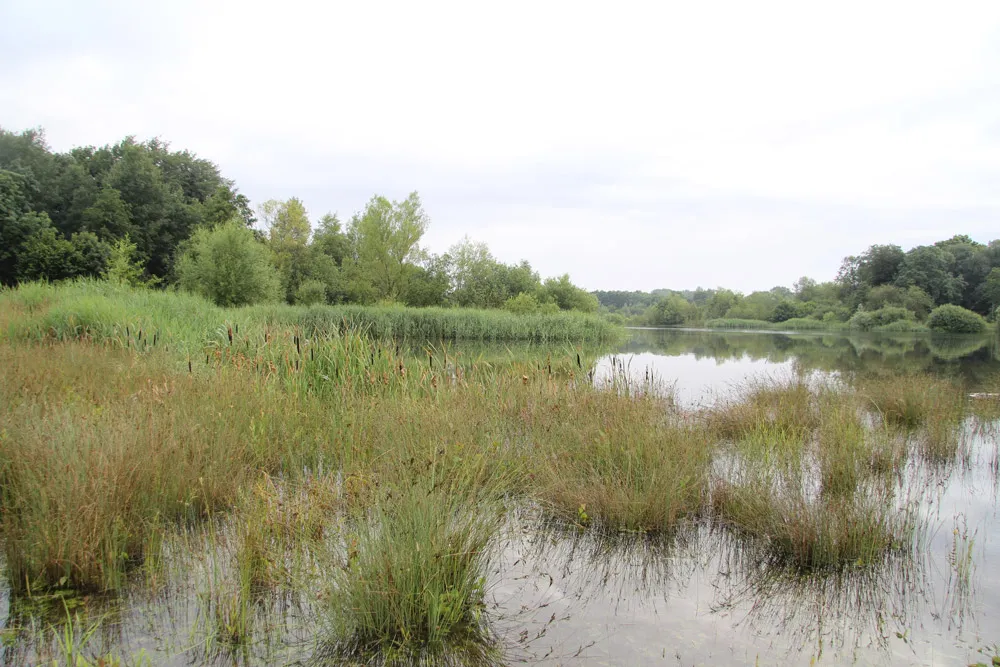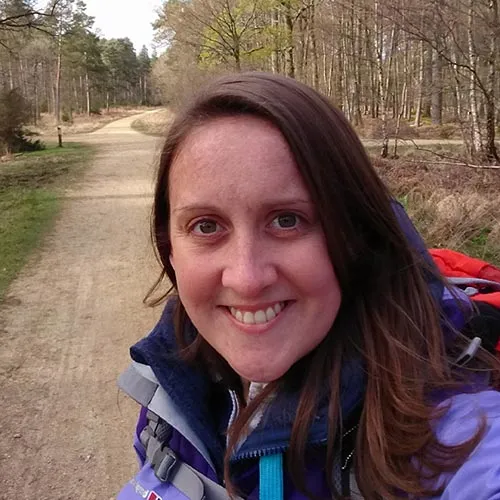Citation

Overview
The loss of biodiversity is one of the most pressing issues globally. Efforts to tackle the issue include the use of protected areas, which are designated to protect species and/or their habitats from anthropogenic threats. But how effective are protected areas at achieving the desired biodiversity benefits?
In more detail
Abstract
There have been recent renewed commitments to increase the extent of protected areas to combat the growing biodiversity crisis but the underpinning evidence for their efectiveness is mixed and causal connections are rarely evaluated. We used data gathered by three large-scale citizen science programmes in the UK to provide the most comprehensive assessment to date of whether national (Sites of Special Scientifc Interest) and European (Special Protection Areas/Special Areas of Conservation) designated areas are associated with improved state (occurrence, abundance), change (rates of colonization, persistence and trend in abundance), community structure and, uniquely, demography (productivity) on a national avifauna, while controlling for diferences in land cover, elevation and climate. We found positive associations with state that suggest these areas are well targeted and that the greatest beneft accrued to the most conservation-dependent species since positive associations with change were largely restricted to rare and declining species and habitat specialists. We suggest that increased productivity provides a plausible demographic mechanism for positive efects of designation.
The BTO/JNCC/RSPB Breeding Bird Survey is a partnership jointly funded by the BTO, RSPB and JNCC, with fieldwork conducted by volunteers and the Constant Effort Scheme was jointly funded by BTO and JNCC. The Atlas projects were funded through a combination of corporate and governmental sponsorship and charitable donations from members and supporters of the non-governmental organisations that conducted the projects (BTO, BirdWatch Ireland and the Scottish Ornithologists’ Club). We thank all the volunteers for their efforts over many years. This work was funded jointly by JNCC, NatureScot, Natural England, Nature Resources Wales and the Dept of Agriculture, Environment and Rural Affairs, Northern Ireland. The authors are grateful for the support of Dave Allen, Brian Eardley, Niki Newton, Andy Nisbet and Richard Weyl for their support and comments on earlier drafts, along with those of Graeme Buchanan and Fiona Sanderson.







